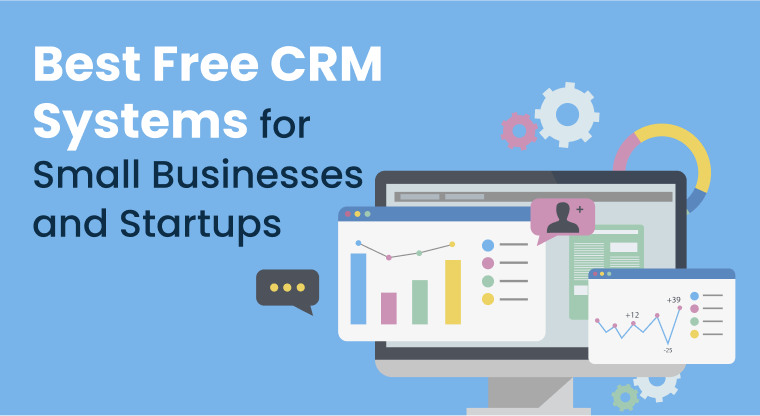Best CRM for home service business? Finding the right Customer Relationship Management (CRM) system can significantly impact a home service business’s efficiency and growth. This exploration delves into the key features, integrations, and considerations crucial for selecting the perfect CRM, ultimately boosting productivity and customer satisfaction.
From streamlined scheduling and dispatching to seamless invoicing and effective customer communication, a well-chosen CRM acts as the central nervous system of a thriving home service operation. We’ll examine various options, comparing their strengths and weaknesses to help you make an informed decision tailored to your specific business needs and scale.
Defining Home Service Business Needs
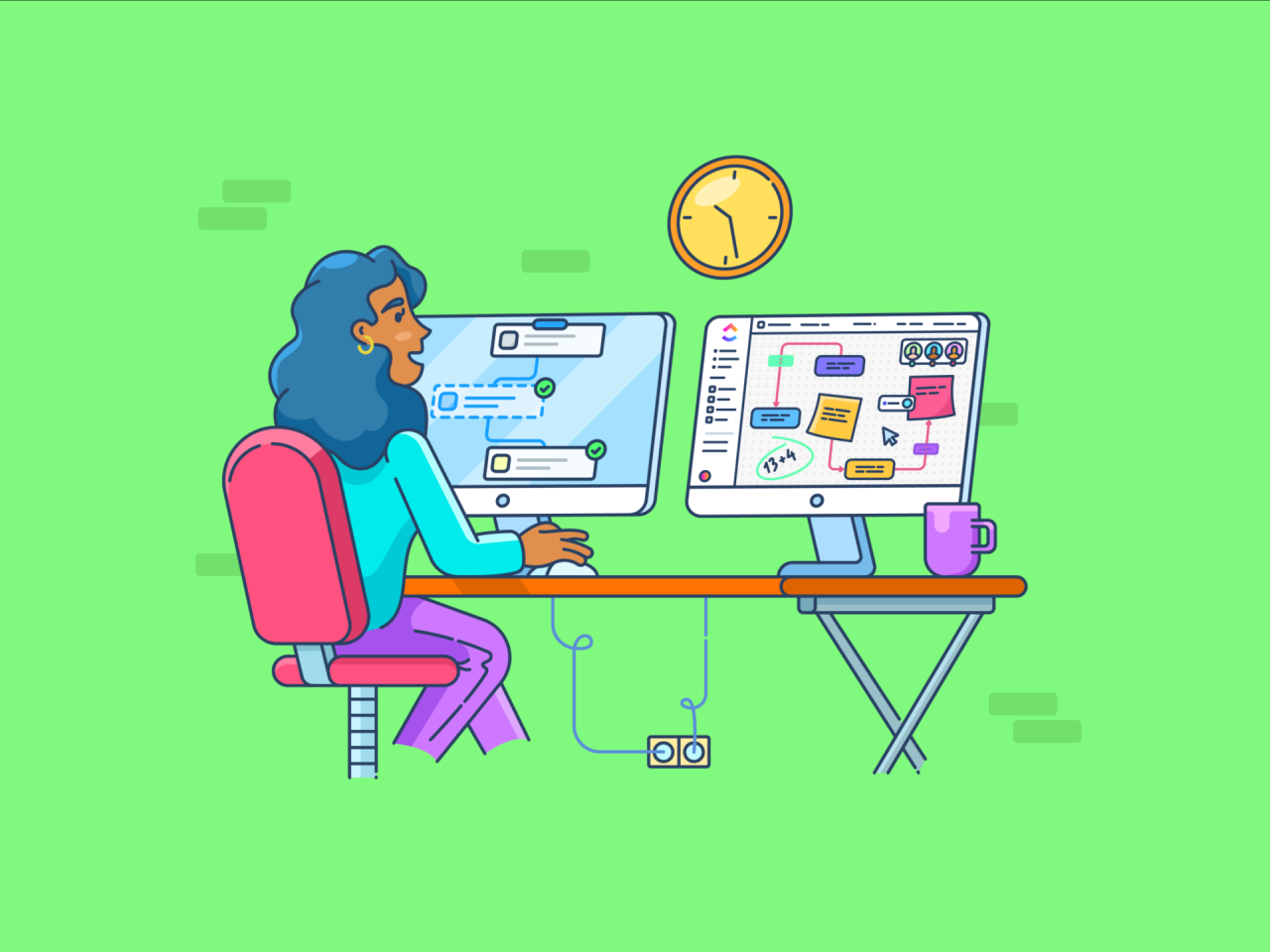
A thriving home service business relies heavily on efficient operations and happy customers. A well-chosen CRM system is crucial for managing the complexities of scheduling, communication, and financial tracking, ultimately boosting profitability and customer satisfaction. Understanding the specific needs of your business is the first step in selecting the right CRM solution.A CRM tailored for home service businesses needs to address the unique challenges inherent in managing field technicians, appointments, and customer interactions.
This involves seamlessly integrating several core functionalities to create a streamlined workflow.
Core CRM Functionalities for Home Service Businesses
Effective CRMs for home service businesses must include robust scheduling and dispatching capabilities, efficient invoicing tools, and seamless customer communication channels. These features work together to optimize operations and improve customer experience. For example, a plumber’s business might use the CRM to schedule appointments, dispatch the closest available plumber to a customer’s location, send automated appointment reminders, and generate invoices upon service completion.
Streamlining Workflow with a CRM
The typical workflow in a home service business involves several steps: receiving customer inquiries, scheduling appointments, dispatching technicians, performing the service, generating invoices, and following up with customers. A CRM system significantly streamlines this process. For instance, a CRM can automatically assign jobs based on technician availability and location, send automated email or text message reminders to customers, and track the progress of each job in real-time.
This eliminates manual data entry, reduces scheduling conflicts, and improves overall efficiency. Imagine an electrician’s business using a CRM to instantly update customer status from “scheduled” to “in progress” to “completed,” providing transparency and minimizing customer queries.
Key Performance Indicators (KPIs) for Home Service Businesses
Tracking key performance indicators (KPIs) is vital for evaluating the effectiveness of your home service business and identifying areas for improvement. A CRM provides the data necessary to monitor these metrics. Crucial KPIs include customer acquisition cost (CAC), customer lifetime value (CLTV), average service revenue per customer, technician utilization rate, and customer satisfaction (CSAT) scores. For example, a landscaping company could use its CRM data to calculate its CAC by dividing its total marketing spend by the number of new customers acquired in a given period.
Tracking CLTV helps the business understand the long-term profitability of its customer relationships. High technician utilization rates indicate efficient scheduling and resource allocation, while CSAT scores offer direct feedback on customer experience.
CRM Features Comparison for Home Services
Choosing the right CRM can significantly impact a home service business’s efficiency and growth. This section compares key features of popular CRMs to help you make an informed decision. We’ll focus on scheduling, mobile app functionality, and customer communication capabilities.
Scheduling Feature Comparison
Effective scheduling is crucial for home service businesses. The ability to easily book appointments, manage technician schedules, and optimize routes directly impacts profitability and customer satisfaction. The following table compares the scheduling features of three popular CRMs: Jobber, ServiceTitan, and Housecall Pro. Note that pricing and integrations can change, so it’s always best to check the provider’s website for the most up-to-date information.
| CRM Name | Scheduling Features | Pricing Model | Integrations |
|---|---|---|---|
| Jobber | Appointment scheduling, calendar synchronization, dispatch optimization, automated reminders, service area mapping | Subscription-based, tiered pricing | Various payment gateways, accounting software, marketing tools |
| ServiceTitan | Advanced scheduling with AI-powered optimization, real-time tracking, multi-technician scheduling, customer self-scheduling | Subscription-based, enterprise-level pricing | Extensive integrations, including accounting, payroll, and inventory management systems |
| Housecall Pro | Online booking, calendar management, automated scheduling, technician routing, appointment reminders | Subscription-based, tiered pricing | Payment processing, accounting software, marketing platforms |
Mobile App Functionality in Field Service CRMs
Mobile apps are essential for field service businesses, allowing technicians to access customer information, update job statuses, and communicate with the office in real-time. The functionality varies significantly between different CRMs. For example, some CRMs offer robust offline capabilities, allowing technicians to work even without internet connectivity. Others may provide advanced features like GPS tracking and digital signature capture.
The level of customization and user-friendliness also differs across platforms. Jobber, for instance, is known for its intuitive interface, while ServiceTitan offers a more comprehensive feature set but may have a steeper learning curve. Housecall Pro strikes a balance between features and ease of use.
Customer Communication Management
Effective customer communication is key to building strong relationships and maintaining a positive reputation. CRMs offer various communication channels, including email, SMS, and in-app messaging. Jobber, for example, allows for automated email and SMS reminders, reducing the manual effort involved in scheduling and follow-up. ServiceTitan often integrates with more advanced communication tools, enabling features like two-way text messaging and automated customer surveys.
Housecall Pro provides a blend of these capabilities, focusing on ease of use and integration with existing communication systems. The specific features and capabilities will vary based on the CRM and the chosen pricing plan.
Integration Capabilities
A robust CRM for a home service business isn’t just a contact database; it’s the central nervous system of your operations. Its effectiveness is significantly amplified when seamlessly integrated with other essential business tools. This integration streamlines workflows, reduces manual data entry, and ultimately boosts efficiency and profitability.Integrating your CRM with other software applications eliminates data silos and ensures information flows smoothly across your business.
This prevents inconsistencies, saves time, and minimizes the risk of human error. The key integrations for home service businesses typically involve accounting software, payment gateways, and mapping services. These integrations allow for a more holistic view of your business, improving decision-making and operational efficiency.
CRM Integration with Accounting Software, Payment Gateways, and Mapping Services
The benefits of integrating your CRM with accounting software, payment gateways, and mapping services are significant. Connecting your CRM to your accounting software (e.g., QuickBooks, Xero) automates invoice generation and payment tracking. This eliminates the need for manual data entry, reducing the chance of errors and freeing up valuable time for other tasks. Integration with payment gateways (e.g., Stripe, PayPal) allows for streamlined online payments, improving cash flow and customer convenience.
Finally, linking your CRM to mapping services (e.g., Google Maps) optimizes scheduling and routing, reducing travel time and improving customer service. This comprehensive integration provides a holistic view of your business, improving decision-making and operational efficiency.
Workflow Diagram: CRM, Scheduling App, and Invoicing System
Imagine a scenario where a customer books a service through your website’s scheduling app. This booking automatically populates your CRM with the customer’s details and appointment information. Upon completion of the service, the technician updates the job status within the CRM. This triggers an automated invoice generation within your integrated invoicing system, which is then sent to the customer.
The payment received through the integrated payment gateway is automatically recorded in both the CRM and the accounting software, providing a complete audit trail.This seamless workflow, illustrated below, significantly reduces manual intervention and improves accuracy:[Descriptive Workflow Diagram]The diagram would show three interconnected boxes: “Scheduling App” (showing a calendar with a new appointment), “CRM” (showing customer data and appointment details), and “Invoicing System” (showing an invoice being generated and sent).
Arrows would illustrate the automatic data flow between the three systems, triggered by specific actions (e.g., appointment booking, job completion, payment received). The diagram visually demonstrates how each system feeds information into the other, creating a closed loop of data management.
Examples of Improved Operational Efficiency through CRM Integrations
Consider a plumbing company that integrates its CRM with its scheduling app and invoicing system. Previously, scheduling involved manual calendar updates, invoice creation was a time-consuming process, and tracking payments was prone to errors. With integration, the company can now automatically schedule appointments, generate invoices upon job completion, and track payments in real-time. This eliminates manual data entry, reduces errors, and improves cash flow.
The time saved can be redirected to customer service, marketing, or other revenue-generating activities.Another example is a landscaping business that uses CRM integration with mapping services to optimize its route planning. By integrating its CRM with a mapping service, the business can plan the most efficient routes for its teams, reducing travel time and fuel costs. This translates to more jobs completed per day, increased profitability, and improved customer satisfaction due to punctuality.
The data gathered on route efficiency can also inform future scheduling and resource allocation decisions.
Pricing and Scalability
Choosing the right CRM involves careful consideration of its cost and how that cost will change as your home service business grows. Understanding the various pricing models and their scalability is crucial for long-term financial planning and operational efficiency. A poorly chosen pricing model can hinder growth, while a well-chosen one can contribute significantly to your bottom line.Different CRMs employ different pricing strategies, each with its own advantages and disadvantages.
The best option will depend heavily on your business’s current size and anticipated growth trajectory.
CRM Pricing Models
Several pricing models are common among CRM providers. Understanding these models allows for a more informed decision-making process when selecting a CRM solution that best suits your budget and growth expectations.
- Subscription-Based Pricing: This model involves a recurring monthly or annual fee for access to the CRM’s features. The price may vary based on the chosen plan, with higher-tier plans offering more features and functionalities. Examples include monthly payments of $50 for a basic plan and $150 for a premium plan offering advanced analytics and integrations.
- Tiered Pricing: Similar to subscription-based pricing, tiered pricing offers different levels of service at different price points. However, tiers often represent different levels of functionality or user limits rather than simply being different price points for the same service. For instance, a basic tier might support 5 users and limited features, while a premium tier might support 50 users and offer advanced reporting and automation features.
- Per-User Fees: In this model, you pay a fee for each user who accesses the CRM. This pricing structure can be advantageous for businesses that anticipate significant user growth, as it allows for a more scalable cost structure. However, it can become expensive if the number of users increases substantially. A typical per-user fee might range from $10 to $50 per month, depending on the features included.
CRM Pricing and Business Growth
The cost of your CRM should not become a significant barrier to your business’s growth. As your home service business expands, so too should your CRM’s capabilities. This necessitates a CRM with a pricing model that can scale effectively. A subscription-based model with tiered options, for instance, allows for upgrading to a higher tier as your business grows and you require more features or users.
Failing to plan for scalability can result in outgrowing your CRM, necessitating a costly and time-consuming migration to a new platform. Conversely, paying for more features than needed can also be wasteful.
Factors to Consider When Choosing a CRM Based on Business Size and Growth
Several key factors should inform your CRM selection based on your business’s size and growth projections.
- Current Number of Users: This directly impacts per-user pricing models and the capacity requirements of your chosen CRM.
- Projected User Growth: Consider how many users you anticipate having in the next 1-3 years. This projection helps you choose a CRM with a scalable pricing model that can accommodate future growth without significant cost increases.
- Required Features: A smaller business might only need basic contact management and scheduling, while a larger business might require advanced analytics, automation, and integration capabilities. The features you need will influence the tier or plan you select, directly impacting the overall cost.
- Budget: Establish a clear budget for your CRM. This budget should encompass not only the initial cost but also the projected costs over the next few years, accounting for potential growth and upgrades.
- Long-Term Scalability: Choose a CRM that can adapt to your business’s evolving needs without requiring a complete system overhaul. This often translates to a platform with a flexible pricing model and the ability to add features and users as required.
User Experience and Training
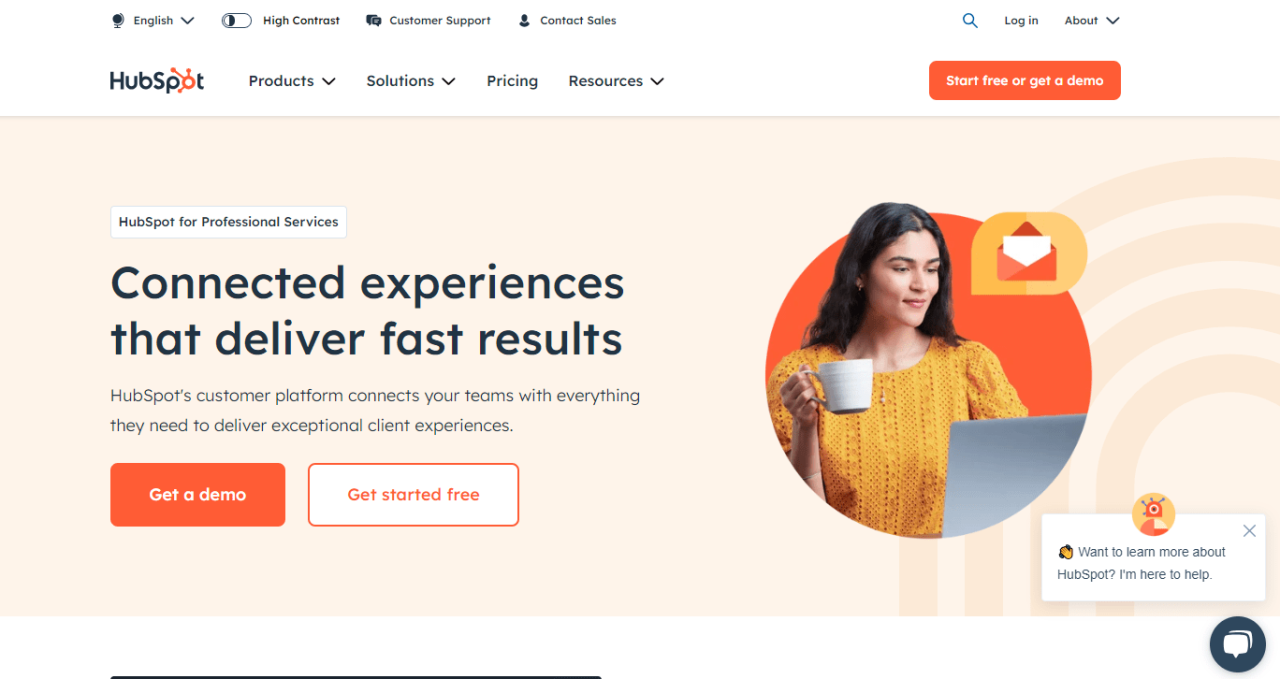
A successful CRM implementation hinges on a user-friendly interface and comprehensive training. A poorly designed system, regardless of its features, will lead to low adoption rates and ultimately, failure to achieve its intended benefits. Therefore, selecting a CRM with an intuitive interface and providing robust training is crucial for maximizing ROI.The ideal CRM for a home service business prioritizes simplicity and efficiency.
Technicians and office staff alike need a system that’s easy to navigate and understand, minimizing the learning curve and maximizing productivity.
Ideal User Interface Design
An effective UI for a home service CRM should feature a clean, uncluttered design with clear visual cues. Information should be presented logically, prioritizing key data points such as upcoming appointments, customer details, and job status. A dashboard providing at-a-glance insights into key performance indicators (KPIs) such as revenue, job completion rates, and customer satisfaction scores is highly beneficial.
Intuitive navigation, with easy access to frequently used features, is paramount. The system should also be responsive across various devices, allowing access from desktops, tablets, and smartphones. For example, a technician might need to access customer information on their tablet while on-site, while an office manager might prefer using a desktop computer.
Essential Training Materials and Support
Effective CRM training should incorporate a multi-faceted approach. This includes comprehensive online tutorials, interactive training sessions, and readily available support resources such as FAQs and help documentation. Hands-on training is particularly crucial, allowing users to practice navigating the system and performing key tasks in a simulated environment. Personalized onboarding tailored to individual roles and responsibilities ensures users are equipped to utilize the CRM effectively from day one.
Ongoing support, including access to technical support and regular updates on new features and best practices, is also vital for maintaining user proficiency and encouraging continued use. For instance, a video tutorial demonstrating how to schedule appointments and update job status would be far more effective than a lengthy, text-based manual.
Encouraging User Adoption, Best crm for home service business
Successful CRM implementation requires a commitment to user adoption. This starts with clearly communicating the benefits of the system to all team members. Highlighting how the CRM will improve efficiency, streamline workflows, and ultimately benefit the business as a whole is crucial. Regular feedback sessions and ongoing support are vital in addressing any concerns or challenges users may encounter.
Gamification techniques, such as awarding points or badges for consistent CRM usage, can also be effective in boosting engagement. Recognizing and rewarding early adopters can further encourage widespread adoption within the team. For example, a company could offer a small bonus to the team member who consistently utilizes the CRM most effectively each month.
Customer Relationship Management Strategies
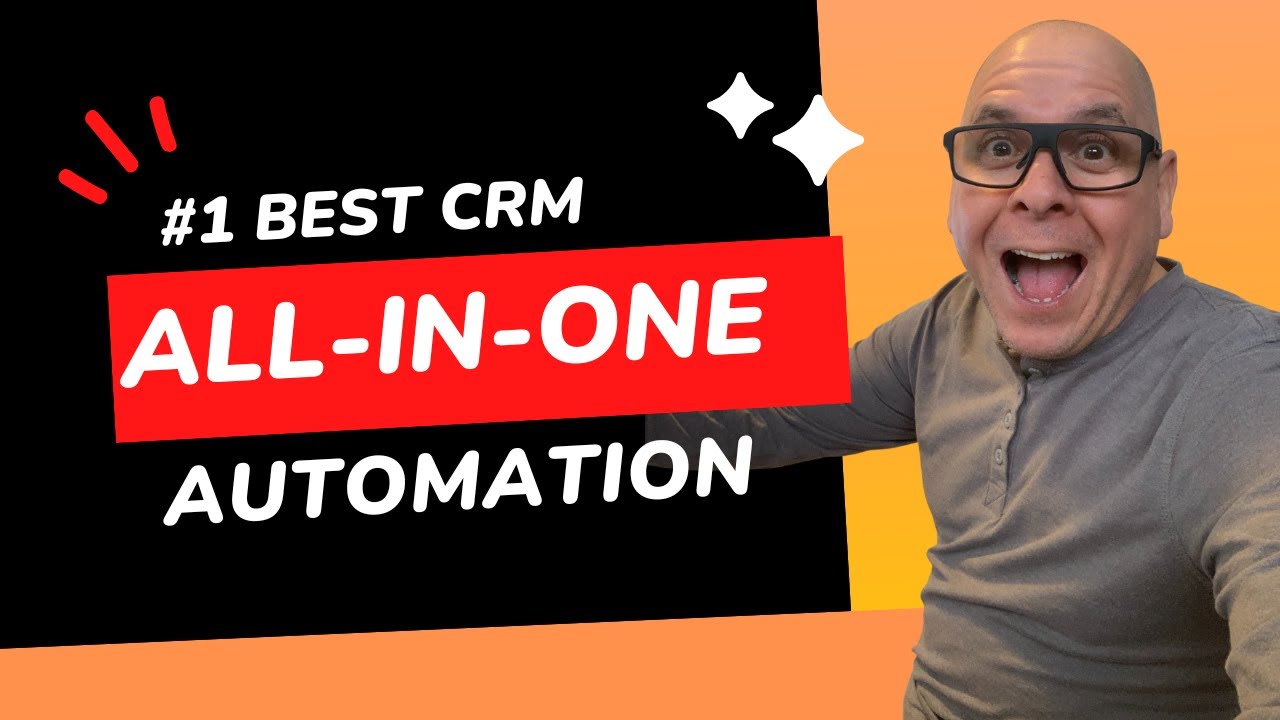
Effective customer relationship management (CRM) is crucial for home service businesses to thrive. A well-implemented CRM system allows for streamlined operations, improved customer satisfaction, and ultimately, increased profitability. By leveraging the data and functionalities within a CRM, businesses can cultivate stronger relationships, leading to enhanced customer loyalty and repeat business.
A robust CRM strategy goes beyond simply storing contact information; it involves actively using the system to build and maintain relationships. This includes proactive communication, personalized service, and efficient problem-solving.
Best Practices for Managing Customer Relationships
Implementing these best practices within your CRM will significantly improve your customer interactions and overall business performance. Consistent application of these strategies fosters trust and loyalty, creating a positive feedback loop.
- Centralized Customer Data: Ensure all customer information—contact details, service history, communication logs, and preferences—is consistently updated and readily accessible within the CRM.
- Proactive Communication: Utilize the CRM to schedule automated follow-up messages after service appointments, send birthday greetings, or offer relevant promotions based on past interactions.
- Personalized Service: Leverage customer data to tailor communication and service offerings. For example, address customers by name, recall previous conversations, and proactively offer services related to their past needs.
- Efficient Issue Resolution: Use the CRM to track and manage customer complaints efficiently. Assign tasks, monitor progress, and ensure timely resolution, keeping customers informed every step of the way.
- Targeted Marketing Campaigns: Segment your customer base based on demographics, service history, or preferences to deliver more relevant marketing messages and special offers.
- Regular Feedback Collection: Integrate feedback mechanisms within the CRM, such as post-service surveys, to gather customer opinions and identify areas for improvement.
- Team Collaboration: Utilize CRM features to facilitate seamless communication and collaboration among your team members, ensuring consistent and high-quality customer service.
Improving Customer Retention and Loyalty with CRM
Using a CRM strategically can significantly boost customer retention and loyalty. By focusing on personalized interactions and proactive service, businesses can cultivate lasting relationships that translate into repeat business and positive word-of-mouth referrals.
- Loyalty Programs: Implement loyalty programs within the CRM to reward repeat customers with discounts, exclusive offers, or priority service. Track participation and engagement to measure program effectiveness.
- Personalized Offers: Analyze customer data to identify patterns and preferences. Offer tailored discounts or promotions based on past purchases or service history. For example, a customer who regularly schedules lawn mowing services might receive a discount on seasonal leaf cleanup.
- Proactive Service Reminders: Use the CRM to send automated reminders for routine maintenance or services, preventing potential issues and demonstrating your commitment to customer care. For instance, a plumber might send reminders for annual boiler inspections.
- Feedback-Driven Improvements: Actively solicit and respond to customer feedback. Use the CRM to track feedback, identify trends, and implement improvements to your services based on customer input. This demonstrates responsiveness and a commitment to continuous improvement.
Leveraging Customer Data for Personalized Communication and Service Delivery
The power of a CRM lies in its ability to harness customer data to personalize interactions and improve service delivery. This data-driven approach fosters stronger customer relationships and increases customer lifetime value.
- Segmentation and Targeting: Segment your customer base based on various criteria (e.g., location, service type, purchase history) to create targeted marketing campaigns and personalized communications. For instance, you could target customers in a specific zip code with a special offer on snow removal services during winter.
- Predictive Analytics: Some CRMs offer predictive analytics capabilities. This allows businesses to anticipate customer needs and proactively address potential issues. For example, predicting when a customer might need a service based on past usage patterns.
- Personalized Email Marketing: Use the CRM to create and send personalized email campaigns. This could include targeted offers, service reminders, or simply a thank-you note after a service call. Personalization increases engagement and improves customer relationships.
- Improved Service Scheduling: Optimize service scheduling based on customer preferences and technician availability. Use the CRM to manage appointments, track technician performance, and ensure timely service delivery. For example, a customer might prefer a specific time window for appointments, which can be accommodated using the CRM’s scheduling tools.
Security and Data Privacy
Protecting your customer data is paramount for any home service business. A data breach can severely damage your reputation, lead to hefty fines, and erode customer trust. Choosing a CRM with robust security features is therefore a critical decision, impacting not only your business’s financial health but also its ethical standing.The importance of data privacy and compliance with regulations like the General Data Protection Regulation (GDPR) in Europe and the California Consumer Privacy Act (CCPA) in California cannot be overstated.
These regulations grant individuals significant control over their personal information, imposing strict requirements on how businesses collect, store, and use that data. Failure to comply can result in substantial penalties.
Data Encryption and Security Protocols
Data encryption is a fundamental security measure. A CRM should employ encryption both in transit (while data is being transferred) and at rest (while data is stored). This ensures that even if a breach occurs, the data is unreadable without the decryption key. Strong security protocols, such as multi-factor authentication (requiring multiple forms of verification to access accounts), should also be in place to prevent unauthorized access.
Look for CRMs that regularly undergo security audits and penetration testing to identify and address vulnerabilities. For example, a CRM might use AES-256 encryption, a widely accepted standard for strong data protection.
Data Access Control and User Permissions
Implementing granular access control is essential to prevent unauthorized access to sensitive customer information. Different users within the organization should only have access to the data they need to perform their jobs. This might involve creating different user roles with varying levels of permission, such as administrators with full access, sales representatives with access to customer contact information, and technicians with access to service records.
This layered approach minimizes the risk of data breaches by limiting exposure. A well-designed CRM will allow for detailed configuration of user permissions, ensuring that only authorized personnel can access specific data.
Data Backup and Disaster Recovery
Regular data backups are crucial to ensure business continuity in case of a system failure or a cyberattack. The CRM should offer automated backup capabilities, storing backups in a secure, off-site location. A comprehensive disaster recovery plan should also be in place, outlining the steps to restore data and systems in the event of a major incident. For instance, a CRM might offer daily automated backups stored in a cloud-based data center geographically separate from the primary server location.
This redundancy protects against data loss due to local outages or physical damage.
Compliance with Data Privacy Regulations
The CRM provider should demonstrate a clear commitment to compliance with relevant data privacy regulations such as GDPR and CCPA. This includes providing tools and features that help businesses meet their obligations under these laws, such as mechanisms for data subject access requests (DSARs) – allowing individuals to access, correct, or delete their personal data. Transparency is key; the provider should clearly Artikel their data security policies and practices.
The CRM should also offer features to assist with consent management, allowing businesses to document and track user consent for data collection and processing. For example, a CRM might offer pre-built templates for consent forms and data subject access request handling workflows.
Last Recap
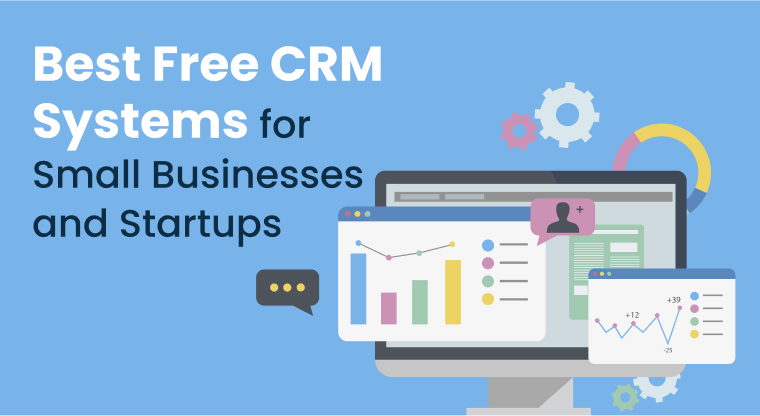
Choosing the best CRM for your home service business is a strategic decision impacting operational efficiency, customer relationships, and ultimately, profitability. By carefully evaluating features, integrations, pricing models, and user experience, you can select a system that empowers your team, enhances customer satisfaction, and drives sustainable growth. Remember to prioritize scalability and security to ensure your CRM remains a valuable asset as your business expands.
Questions Often Asked: Best Crm For Home Service Business
What is the average cost of a CRM for a home service business?
Costs vary widely depending on features, users, and provider. Expect to pay anywhere from a few dollars to hundreds per month.
How long does it typically take to implement a new CRM?
Implementation time depends on the CRM’s complexity and your business’s size. It can range from a few days to several weeks.
Can a CRM integrate with my existing accounting software?
Many CRMs offer integrations with popular accounting software. Check for compatibility before purchasing.
What kind of training is usually provided with CRM software?
Training varies, from online tutorials and documentation to dedicated onboarding sessions and ongoing support.

